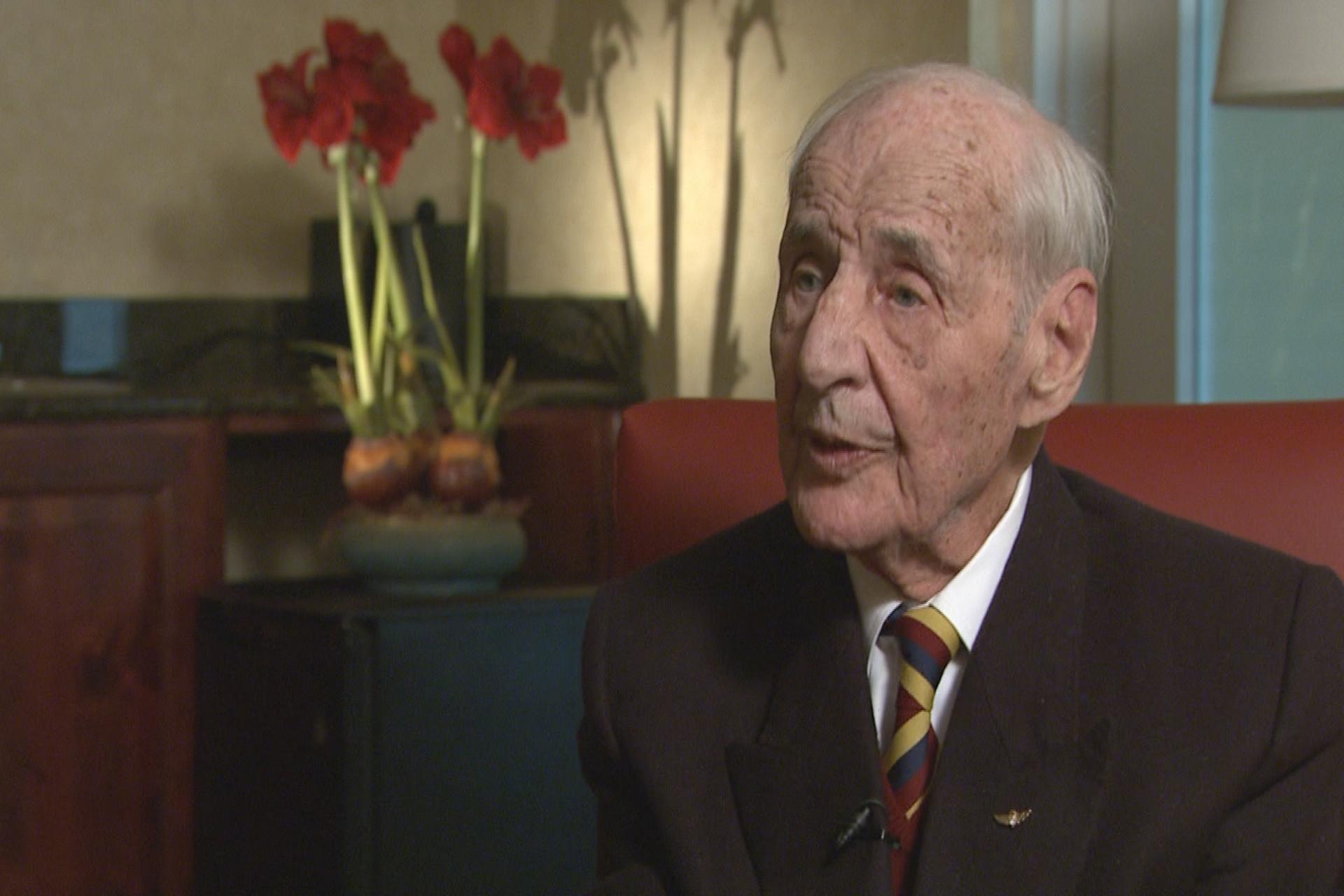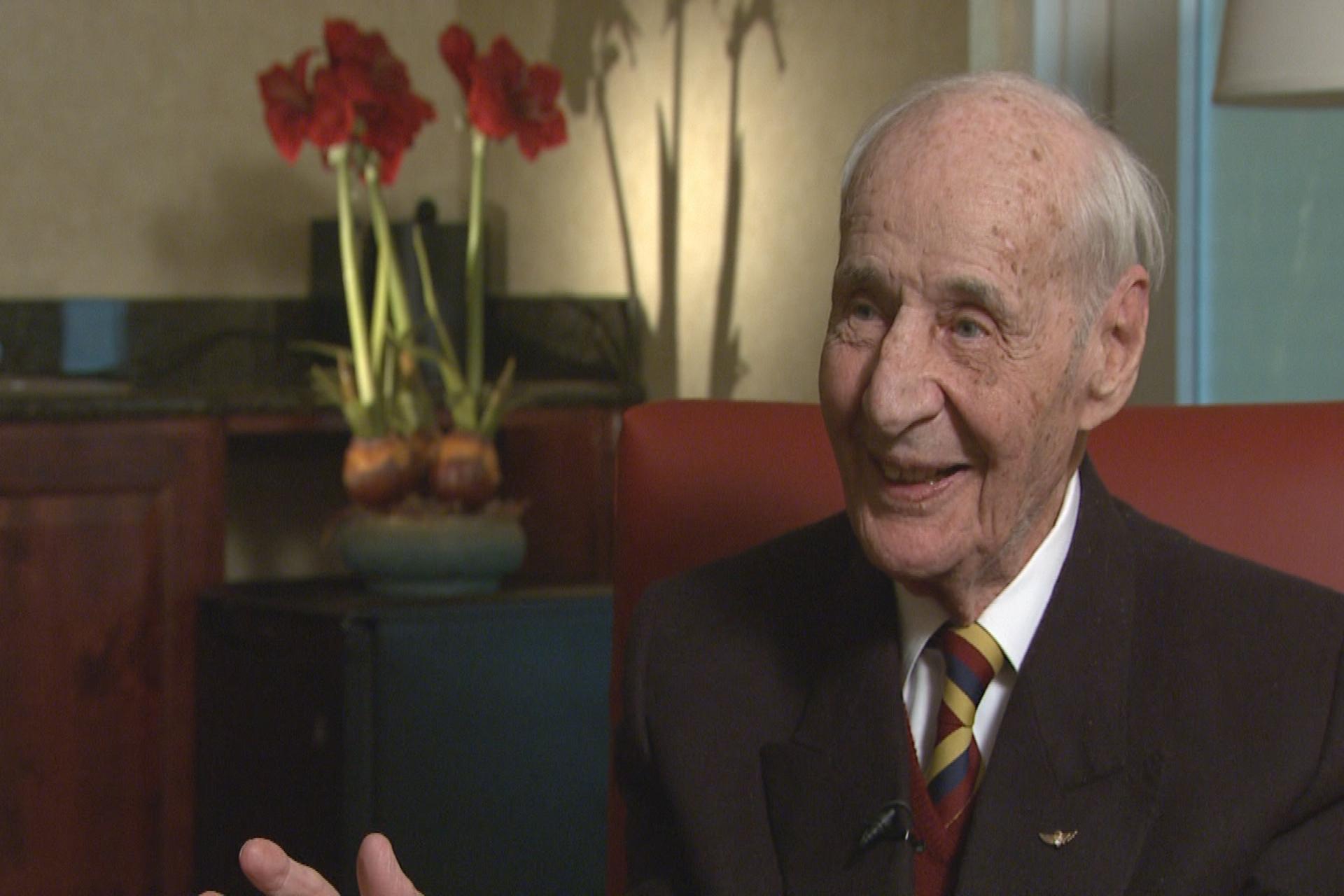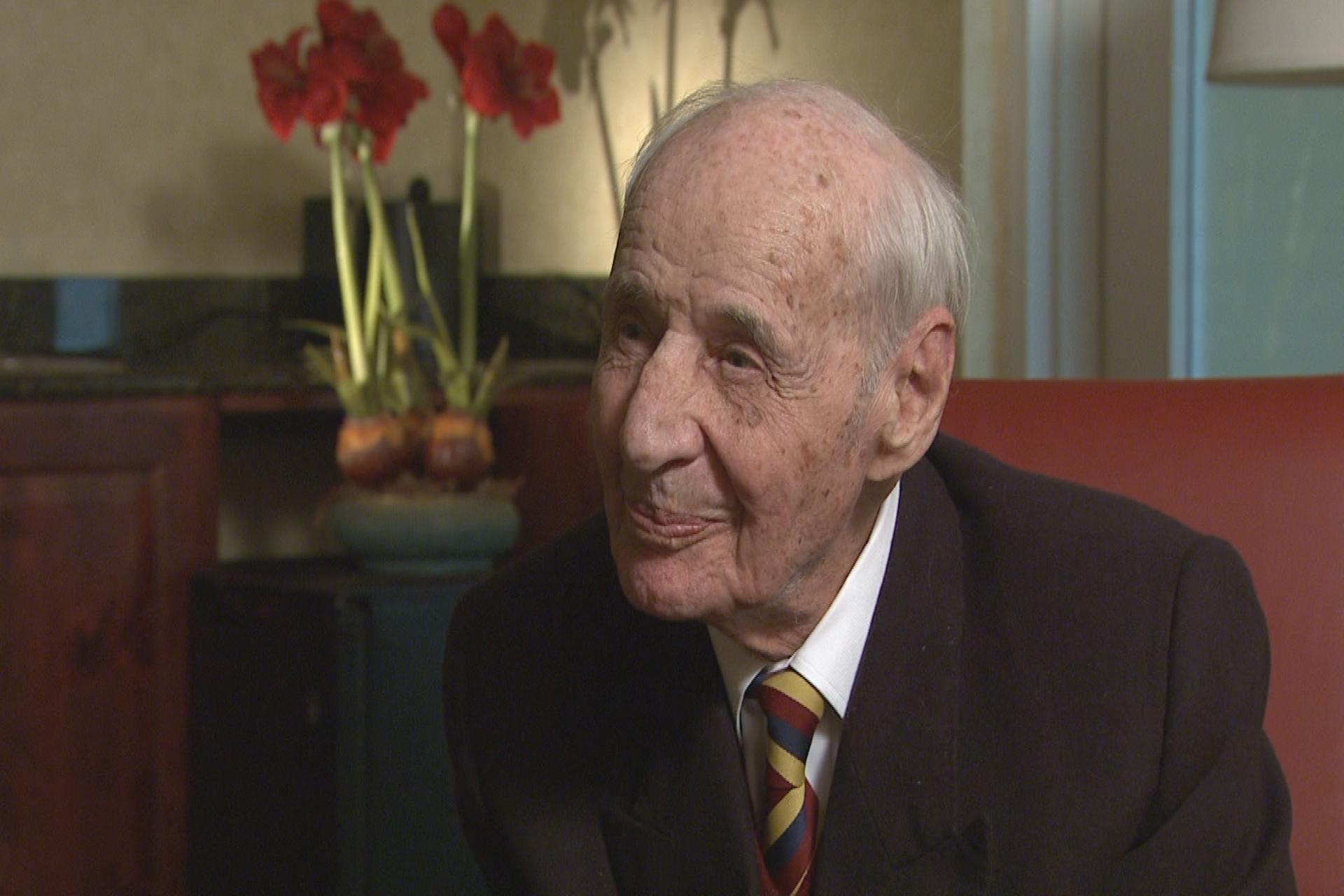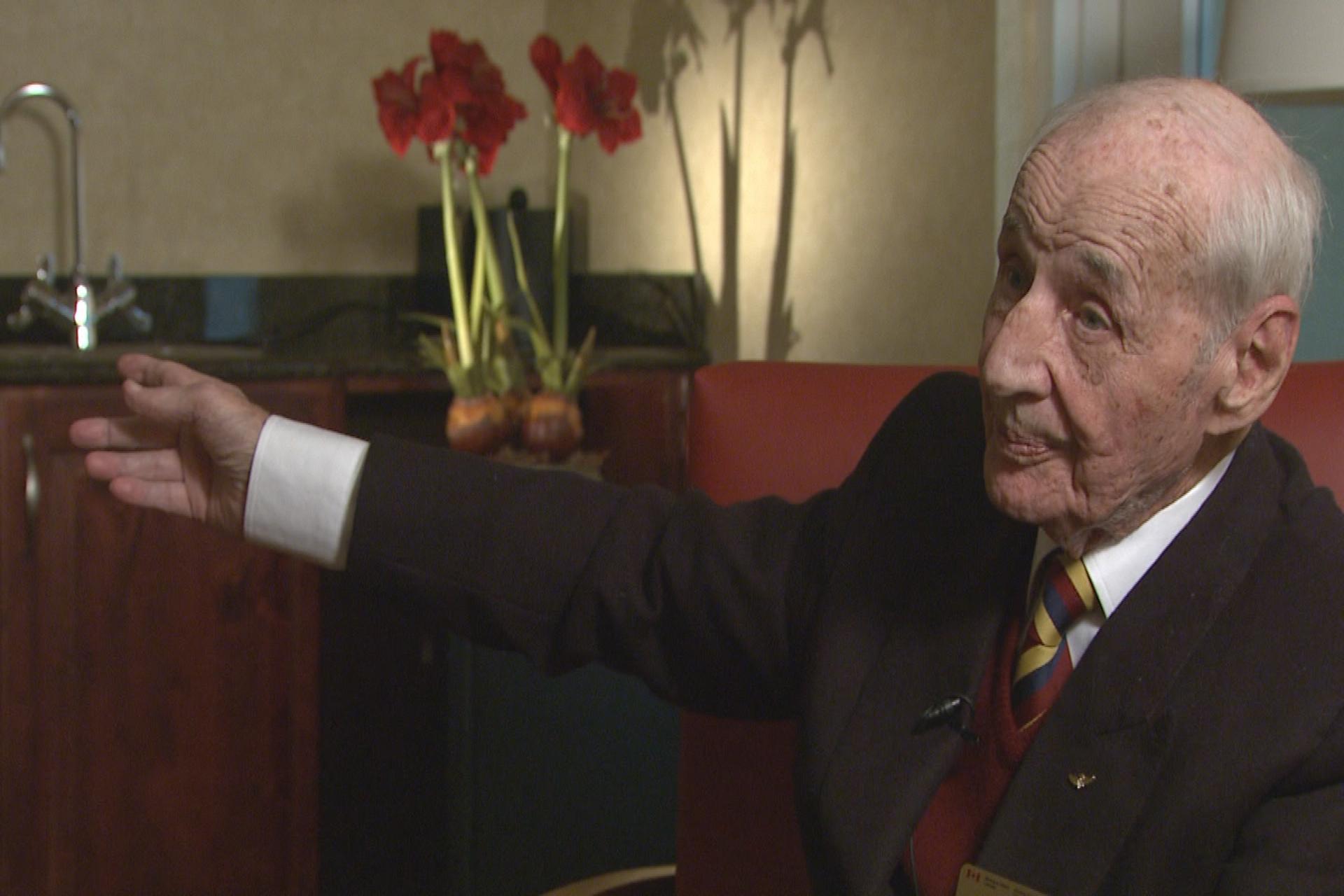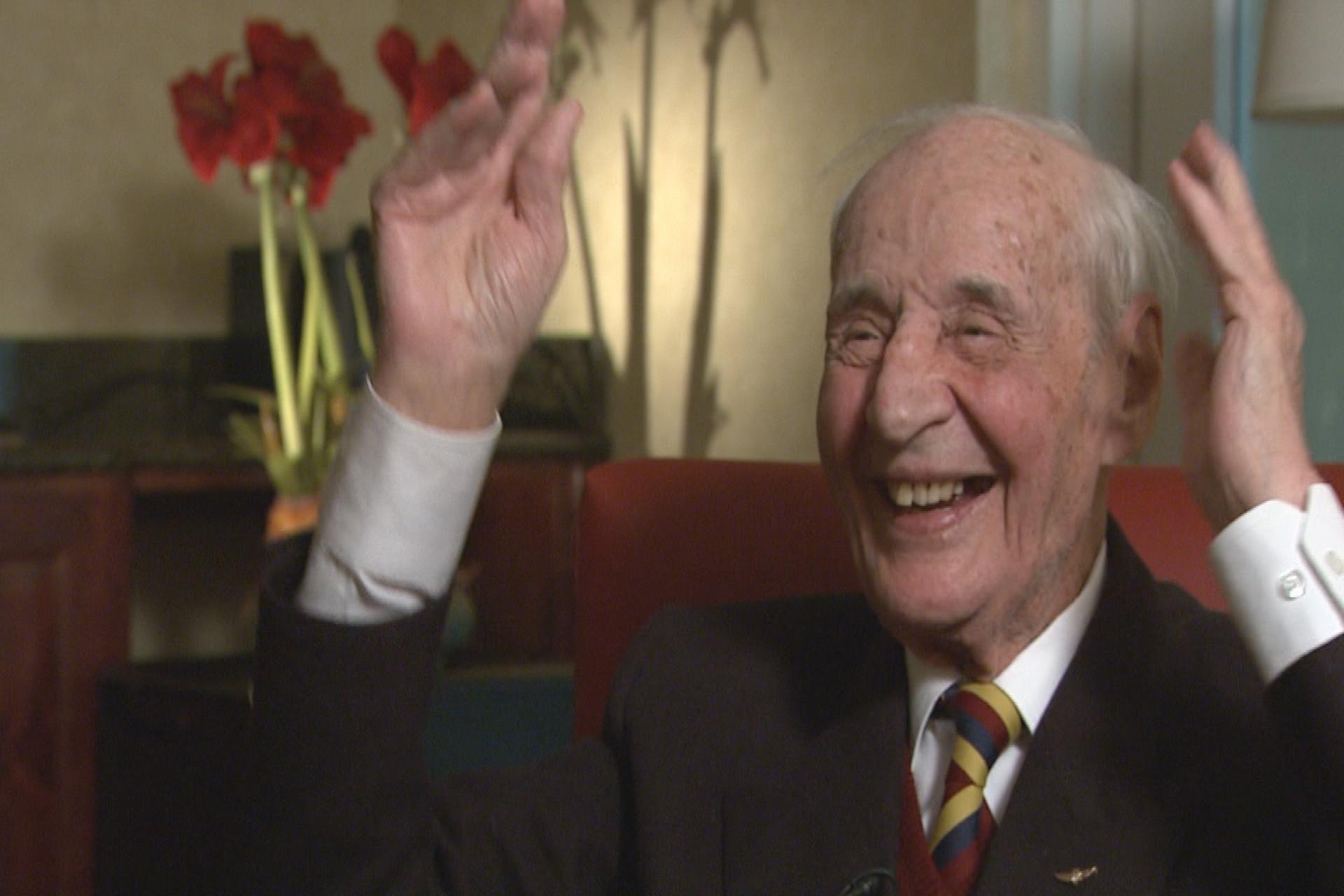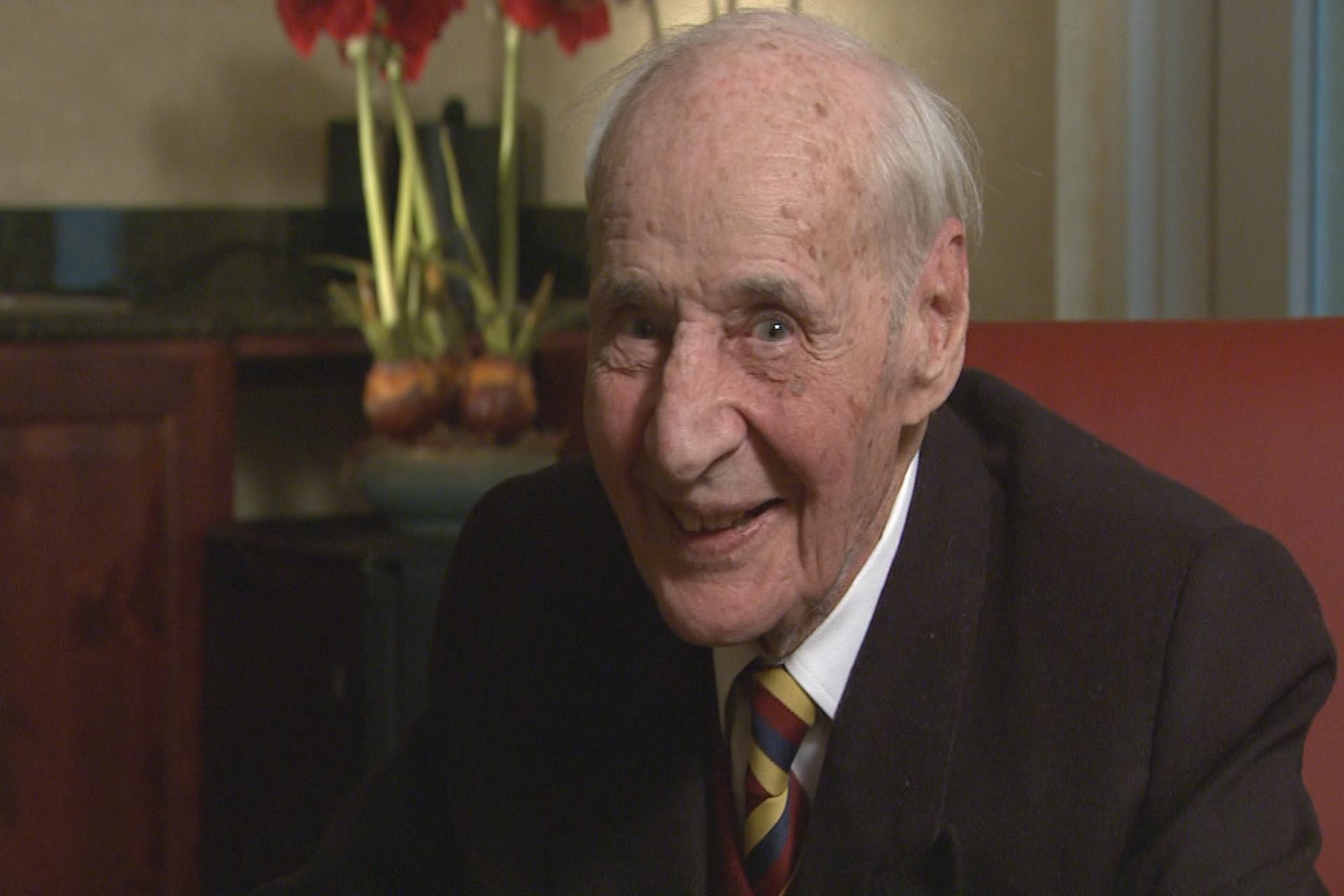Recognition of Animals in War
Heroes Remember
Recognition of Animals in War
Transcript
Description
Mr. Swick details his involvement in spearheading the “Animals in War” project and his personal reasons for creating such a wonderful reminder of the important role animals played during wartime.
Lloyd Swick
Mr. Lloyd Swick was born in Winnipeg, Manitoba in 1922. After attending Catholic school Mr. Swick joined the military and served as a platoon commander with the Calgary Highlanders travelling overseas during WWII. Post war he attended the University of Manitoba earning a BSc. degree. Rejoining the military he became part of the Princess Patricia’s Canadian Light Infantry Regiment and served in Korea holding rank of officer. Continuing on with his military service, Mr. Swick undertook United Nations Observer duties in India and Pakistan. After his service, he became the driving force behind having a monument erected to honour “Animals in War” which serves to highlight and acknowledge their wartime contribution. He is the founder and coordinator of this permanent monument in Ottawa, Ontario and continues to promote the uniqueness of this history. Mr. Swick resides in Ottawa with his family and continues his involvement with veterans and seniors as well as speaking to youth about his military service.
Meta Data
- Medium:
- Video
- Owner:
- Veterans Affairs Canada
- Recorded:
- April 30, 2015
- Duration:
- 2:25
- Person Interviewed:
- Lloyd Swick
- War, Conflict or Mission:
- Second World War
- Location/Theatre:
- Holland/Netherlands
- Battle/Campaign:
- Liberation of Holland
- Branch:
- Army
- Units/Ship:
- Princess Patricia's Canadian Light Infantry (PPCLI)
- Rank:
- Major
- Occupation:
- Infantry Officer
Related Videos
- Date modified:



